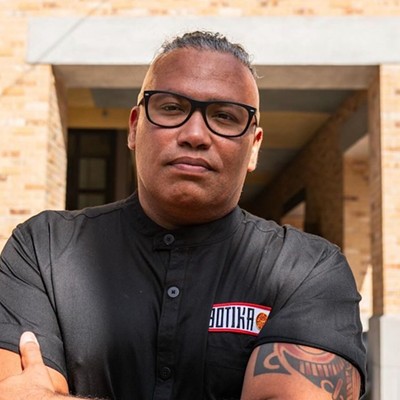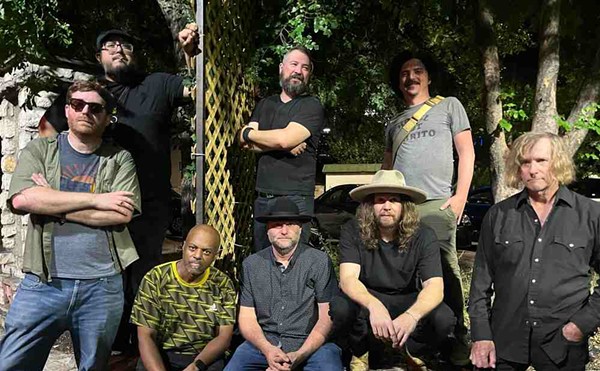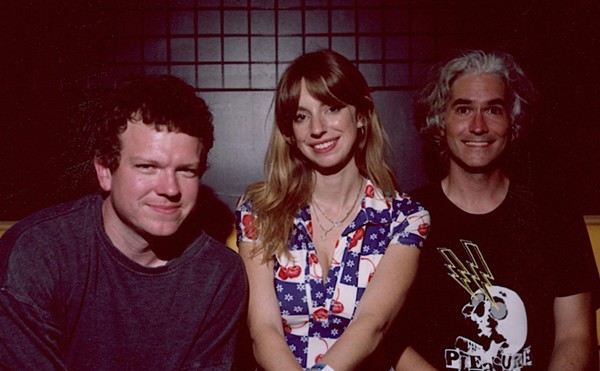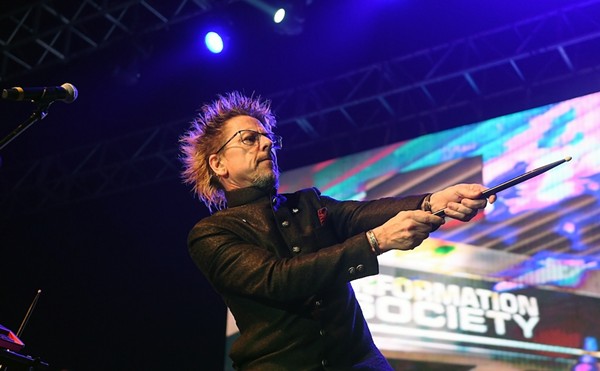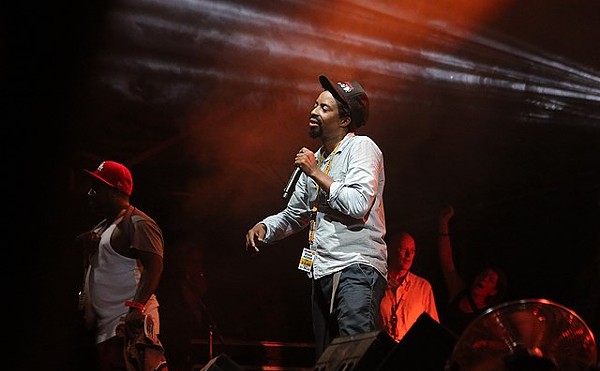For my generation, the British Invasion of the 1960s and ’70s brings forth grainy, black-and-white television images of frothy teenage girls screaming wildly for those hunky Beatles or the dangerous Rolling Stones. The years preceding this were not the proudest in America’s musical history: Corny teenagers crooned about “the hop” while other musicians stole the songs, style, and success of black artists. When the crazy Brits crossed the sea, they brought a fresh perspective, blues-born rock, and artists with balls. Dusty Springfield is thrown in with these progressives, but even among them she was a square peg, confusing everyone in the States with her drag-queen getups, undefined sexuality, and black musical inspirations. Annie J. Randall meticulously analyzes Dusty Springfield’s life and music in Dusty! Queen of the Postmods to flesh out the icon’s place in music history.
Dusty Springfield was born as average as it gets. Even her given name, Mary O’Brien, smacks of unoriginality, while her uneventful middle-class upbringing in England makes reading about her early life a snooze. Soon after school she changed her look and took on a catchier, more distinct name while she puttered around singing folk music with the Springfields. But like many British artists of the time, Dusty was inspired by the sound of her African-American counterparts, and in fact is often described as a “blue-eyed soul” singer. Dusty, called “the White Negress” by Cliff Richard, exemplifies the Motown sound, infusing a pop sensibility into soul music with a powerful and versatile voice delivered with impressive projection. She identified closely with black gospel and Randall recounts her experimentation and continued use of the traditionally black tool of call-and-response between herself and her backup singers. Dusty had a love for it all — pop, soul, R &B, gospel — but she didn’t do it like a white girl.
It wasn’t rare for white artists to copy soul music, but it was rare for them to be convincing when they did it. While other white musicians did for soul what Vanilla Ice did for rap, Dusty was the Eminem of her time. She might have taken her cues from African-American performers, but as Randall puts it, her “emotional authenticity” made her more than a minstrel.
Elvis Presley’s “Houndog,” for a contrary example, is what Randall calls “vocal blackface.” The original, sung by Big Mama Thornton, is a rip-roaring accusation of a worthless womanizer, with grinding vocals thrust from her gut with garbled tenacity. Elvis’s version, by contrast, is a rockabilly shrug, rendered meaningless when sung in his country coo stripped of the raw power of Thornton’s soul. Some of the Brits, particularly Dusty, seemingly “got” the sentiments behind the songs — the battered existences, rocky romances, and marginalization. The deep segregation in American society perhaps prevented many white artists from identifying, in any real way, with R&B and soul the way that Brits did.
These anglicized blues were becoming socially acceptable, to a point, but Dusty’s devotion to soul clashed with gender mores of the time and got her into trouble as a budding artist. Randall describes how Dusty’s backup musicians often subtly refused to play outside of the white, European codes of music-making. While black music was built on improvisation and the ability to adapt to the mood, white American music stuck to a formatted, relentlessly patterned style, obedient to sheet music. With roots in black gospel churches, Dusty’s style was, as Randall puts it, “difficult to copy and whiten.”
Dusty lived in the no-man’s land between black and white, which alone could have made her an enemy of both races. But she had yet another hurdle to overcome when the press caught wind of her bisexuality, and her associations were whispered about among fans and the public. Gay-baiting has always been an American pastime, evidenced most recently by the endless obsession with the relationship between Lindsay Lohan and Samantha Ronson. Dusty might have made it out unscathed if she had played the game like LiLo and SamRo — downplaying her relationships and keeping them under wraps for as long as possible — but she didn’t play by the heterosexual, mainstream rules. “If you want to know the truth,” Randall quotes Dusty responding to the rumors, “ask the people who go to bed with me.” She chose simply to be genuine and honest about her sexuality, which is a grave mistake in the music industry for women, then and now.
Despite all of this, Dusty gained a steadfast group of followers, mostly women and gays, who identified with a plain, middle-class girl who transformed herself into someone glamorous and attention-worthy. Her ostentatious gowns and lady-of-the-night makeup created an almost royal, if not caricaturized, hyper-feminine appeal. She played on what was acceptable for female artists; in public she was like a heaping mass of bedazzled estrogen, while her melodramatic pop reeked of deference to male suitors. Yet behind the scenes she controlled the direction of her music and defended her choices with tenacity, which flew in the face of her outward appearance. Her voice would descend to deep male registers while her hand gestures and movements were more like Britney Spears as a Mouseketeer. Perhaps this dichotomy is the reason that so many drag performers choose to become Dusty; she was at once all masculine and all feminine. Modern-day artists who have built a steady queer following —Madonna, Bette Midler, and Donna Summer to name a few — similarly play at being soft and beautiful while subverting the dueling expectations of innocence and tits. In particular, Madonna used her sexual escapades as a man would, as a means to gain power, while Bette Midler’s off-color brand of music contrasts with her love of show tunes and fantastic outfits. And male artists like Freddie Mercury, David Bowie, and Aaron Behrens of Ghostland Observatory have since made a name for themselves through bending their genders.
In her biography, Randall speaks to the fact that Dusty operated outside of “this or that” binaries, and all of her characteristics, both personally and professionally, have a quality of two-ness. She was a black/white, male/female, straight/gay, poor/rich singer simultaneously and effortlessly. This ambiguous yet all-encompassing persona is perhaps the reason that the singer has stayed so long in the public consciousness. Dusty Springfield provides a voice and a face for, as she put it, the “stateless person” who simply wants to be what they are. •


